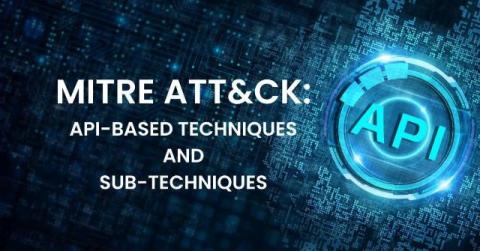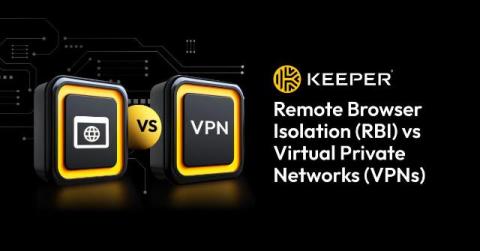Is Disabling Clickable URL Links Enough?
Recently, we had a customer reach out to ask if disabling clickable uniform resource locator (URL) links in emails was enough protection by itself to potentially not need employee security awareness training and simulated phishing. We can understand why this misperception might exist. Many anti-phishing educational lessons discuss the need for people to evaluate all URL links before clicking on them.











